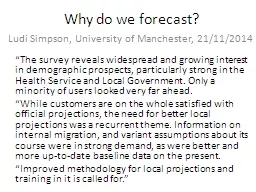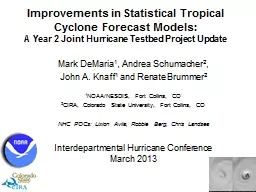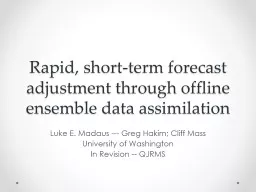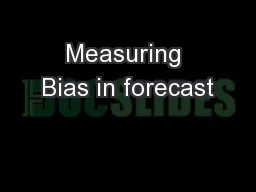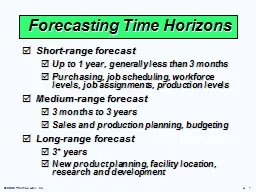PPT-Why do we forecast?
Author : natalia-silvester | Published Date : 2016-08-02
Ludi Simpson University of Manchester 21112014 The survey reveals widespread and growing interest in demographic prospects particularly strong in the Health Service
Presentation Embed Code
Download Presentation
Download Presentation The PPT/PDF document "Why do we forecast?" is the property of its rightful owner. Permission is granted to download and print the materials on this website for personal, non-commercial use only, and to display it on your personal computer provided you do not modify the materials and that you retain all copyright notices contained in the materials. By downloading content from our website, you accept the terms of this agreement.
Why do we forecast?: Transcript
Download Rules Of Document
"Why do we forecast?"The content belongs to its owner. You may download and print it for personal use, without modification, and keep all copyright notices. By downloading, you agree to these terms.
Related Documents

